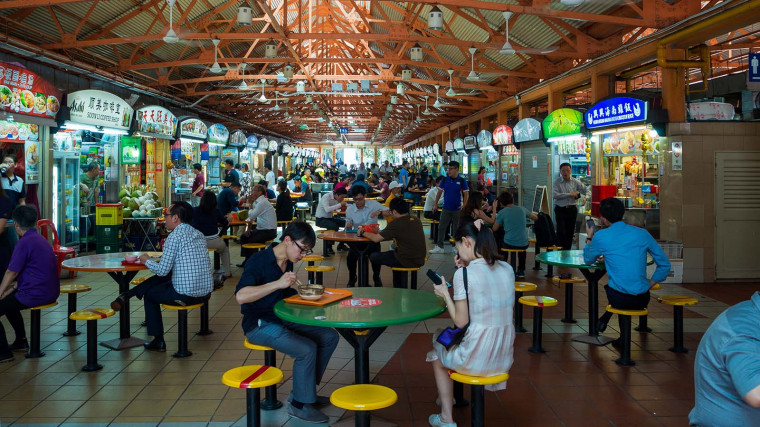The inclusion of Singapore’s hawker culture on the Unesco Representative List of the Intangible Cultural Heritage of Humanity on Dec 16 is truly a celebration of an important aspect of our lifestyle.
Hawker centres are special places for family eat-outs, watering holes for friendly gatherings and relaxing spaces for community bonding over the comfort food we love.
In welcoming the Unesco announcement, Minister for Sustainability and the Environment Grace Fu referred to Singapore’s cultural achievement as “something to anchor our national identity with”. More importantly, she saw it as “a call for all Singaporeans to step forward, to help us promote, sustain this culture”.
She added: “They can also help us keep the place clean after they have used the place because we do want this place to be one we are proud of.”
But therein lies the rub. We are reminded to keep hawker centres clean and as places we can be proud of not just for us, but also for our friends here and from abroad.
So let’s take stock of our state of cleanliness, most notably these two aspects: our efforts to habituate the culture of tray return, and the state of our hawker centre public toilets.
Tray return
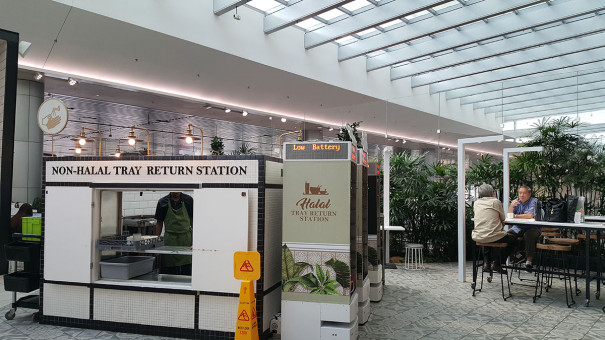
The return-your-tray initiative was first rolled out in 2013 and updated again this year. But after seven years of nudging, most hawker centre patrons still do not practise returning their trays.
In a July report, the National Environment Agency (NEA) expressed disappointment that only about 60 per cent of diners complied with the SG Clean Ambassadors’ advice to return their trays and used crockery, and properly dispose of their used tissues or wet wipes.
Most of us are used to finding dirty tables and floors at hawker centres.
In an article on the Singapore Kindness Movement’s website, The Pride, we asked a pertinent question: “How many times have you found a table at a hawker centre… only to be greeted with the sight of chicken bones and used tissues on dirty plates?”
According to the Singapore Management University’s (SMU) Public Cleanliness Satisfaction Survey 2019, 36 per cent of respondents were not sure whether they should return their trays. About the same percentage expected the cleaners to return the trays for them. The result is slower turnaround of cleaning, leading to messy tables, which attract birds and repel patrons.
The common argument is that cleaners may lose their jobs if we return our trays. But returning our trays does not deprive them of their jobs. Instead, doing so lets them focus on other areas to clean and allows for faster turnaround of tables.
Toilet habits
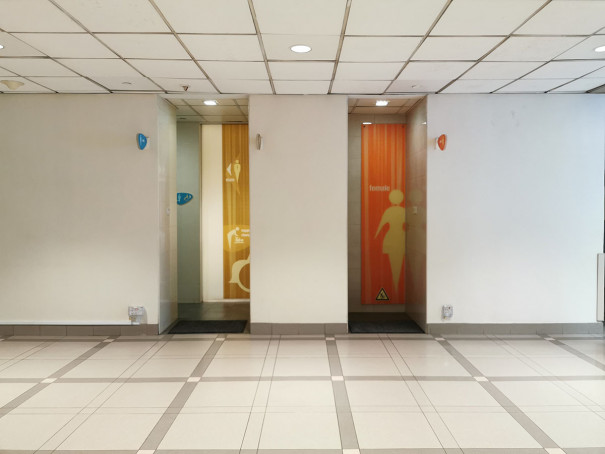
Over the years, the state of cleanliness of our public toilets has not improved and has become much worse. Our public toilets have regressed to a dirtier state than they were in 2016.
According to Waterloo, an SMU study of more than 1,000 toilets in 104 out of 114 hawker centres across Singapore released in May this year, toilets failed to pass muster in the most basic requirement of cleanliness.
As part of the study, 8,278 customers and hawkers were interviewed. When asked about toilets in hawker centres, more than a quarter of 5,994 patrons said they would not use the toilets there, with more than six in 10 stressing the need to do something about the filthy state of toilets.
The study also found that although almost all (97 per cent) of the hawkers use the toilets at the centres where they worked, most expressed the need for their “moderate” to “complete overhaul”.
More importantly, what too many of us fail to realise is that these hawkers who handle our food are also the most frequent users of these toilets.
Note that the NEA launched its Public Toilet Cleanliness initiative in June and a Toilet Improvement Programme in October, where coffee shop operators can apply to get up to 90 per cent funding from the agency to improve their toilets. This shows that the results of SMU’s survey and study have not fallen on deaf ears, but more still needs to be done.
A management issue?
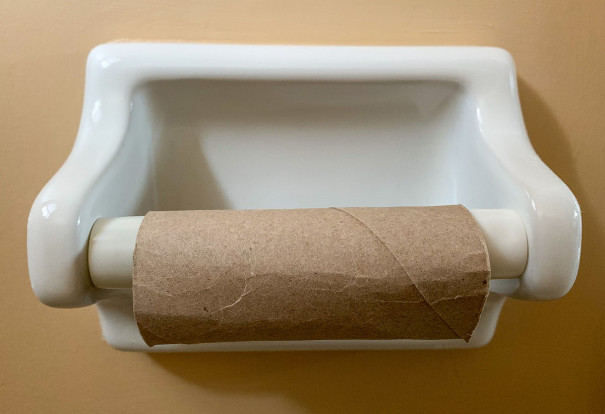
In shopping centres, clean toilets are essential in retaining foot traffic, and the management ensures that toilets are properly managed and cleaned.
According to the NEA, general cleaning of the common areas and toilets of hawker centres owned by the Ministry of Sustainability and the Environment (MSE) is carried out by cleaning contractors engaged by the NEA.
Hawker centres owned by the Housing Board are maintained by cleaning contractors engaged by the respective town councils.
Toilets at NEA-run hawker centres are mostly free for public usage. However, some centres managed by the town councils usually charge a fee for people to use the toilets, which are cleaned not by professional cleaners but often by the elderly, hired by the town councils.
So unlike toilets in malls, hawker centre toilet management involves multiple stakeholders, including the NEA, MSE, HDB and the respective town councils.
When it comes to standards of cleanliness, there are in place regulations and enforcement actions, such as imposing composition fines when toilet operators fail to meet hygiene standards.
Other stories you might like




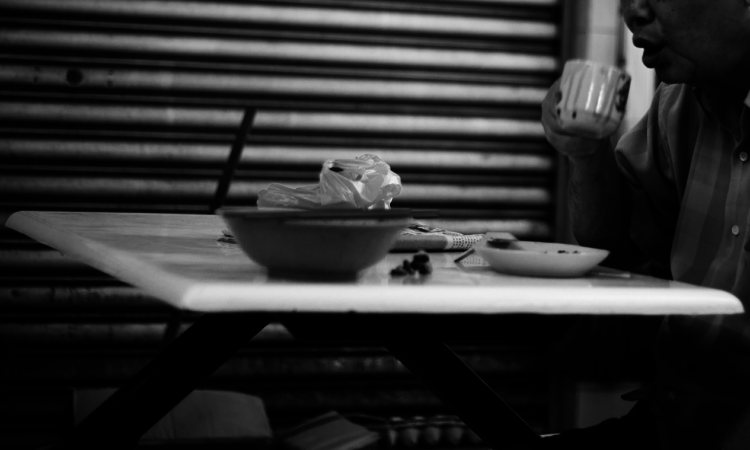
The study also found that although almost all (97 per cent) of the hawkers use the toilets at the centres where they worked, most expressed the need for their “moderate” to “complete overhaul”.
More importantly, what too many of us fail to realise is that these hawkers who handle our food are also the most frequent users of these toilets.
Note that the NEA launched its Public Toilet Cleanliness initiative in June and a Toilet Improvement Programme in October, where coffee shop operators can apply to get up to 90 per cent funding from the agency to improve their toilets. This shows that the results of SMU’s survey and study have not fallen on deaf ears, but more still needs to be done.
An NEA spokesman said in response to queries: “NEA ensures high standards of cleaning for toilets in MSE-owned hawker centres through specifications in our cleaning contracts and contracts with NEA-appointed operators.
“For toilets in HDB-owned centres, NEA engages and encourages the town councils to do the same.”
In view of the Covid-19 situation, NEA also issued a Sanitation and Hygiene Advisory for Markets and Hawker Centres on the good safe management and cleaning practices, which include toilet cleaning and maintenance.
Despite all these standards and advisories, we know, from anecdotes and Waterloo’s results, that the state of public toilets still leaves much to be desired.
So why do we still see dirty toilets? The answer lies in there being various stakeholders for the hawker centres, with different standards of cleanliness.
Culture of cleanliness
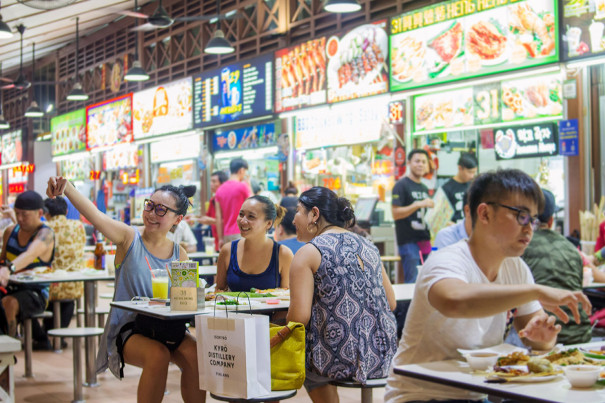
So, how can we create a culture of cleanliness to make our hawker centres something we can be proud of?
First, let’s stop this negative approach of blaming users. This just reinforces the stereotype of Singaporeans as irresponsible and deserving of being reprimanded. Naming and shaming have not worked.
Second, let’s ride on the wave of national pride from the Unesco recognition by consciously instilling in all stakeholders – from the stallholders to patrons – a collective expectation of good hygiene and cleanliness in hawker centres.
Third, let’s find a way to translate the Unesco honour into something tangible – hawker centres with a high standard of cleanliness for all to enjoy.
There is no magic bullet in these suggestions, but we hope they will help our policymakers prioritise the need to make cleanliness part of our cultural heritage too.
This article was first published in The Straits Times.
If you like what you read, follow us on Twitter and Google News to get the latest updates.
